Types of Injury That Cause Cerebral Palsy
There are four types of cerebral paalsy that result from trauma during childbirth.
Spastic Cerebral Palsy
Referred to as Hypertonic Cerebral Palsy, it is the most common type of brain damage, making up 70-80% of cases. Most children experience high muscle tone and exaggerated, jerky movements since Spastic Cerebral Palsy is caused by brain damage to the motor cortex, which controls voluntary movements. It can also cause damage to the pyramidal tracts, which relay muscle signals.
Athetoid Cerebral Palsy
Referred to as Non-spastic Cerebral Palsy or Dyskinetic Cerebral Palsy, it affects up to 10% of children with the condition. It is characterized by a mixture of hypotonia and hypertonia which causes muscle tone to fluctuate. The main trait of Athetoid Cerebral Palsy is involuntary movement in the face, torso and limbs, which is caused by brain damage to the basal ganglia. This part of the brain regulates voluntary motor function and eye movement of the cerebellum, which controls balance and coordination.
Ataxic Cerebral Palsy
Ataxia makes up a small percentage of Cerebral Palsy and is characterized by issues with balance and coordination. Children with Ataxic Cerebral Palsy often experience tremors and a reduction in muscle tone which is caused by damage to the cerebellum which controls balance and coordination.
Hypotonic Cerebral Palsy
Referred to as Atonic Cerebral Palsy, it is very rare and classified by low muscle tone that causes loss of strength and firmness, resulting in 'floppy' muscles. Hypotonic Cerebral Palsy may resulting a child's inability to crawl, stand, or walk.
